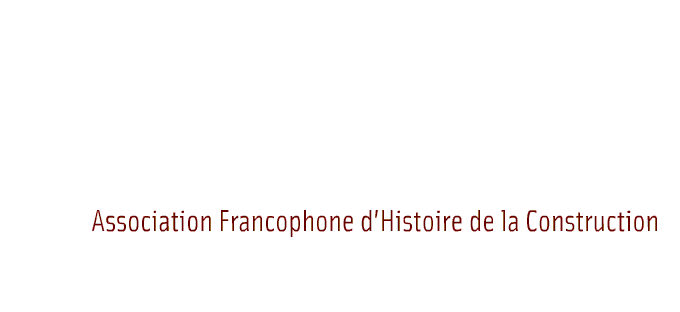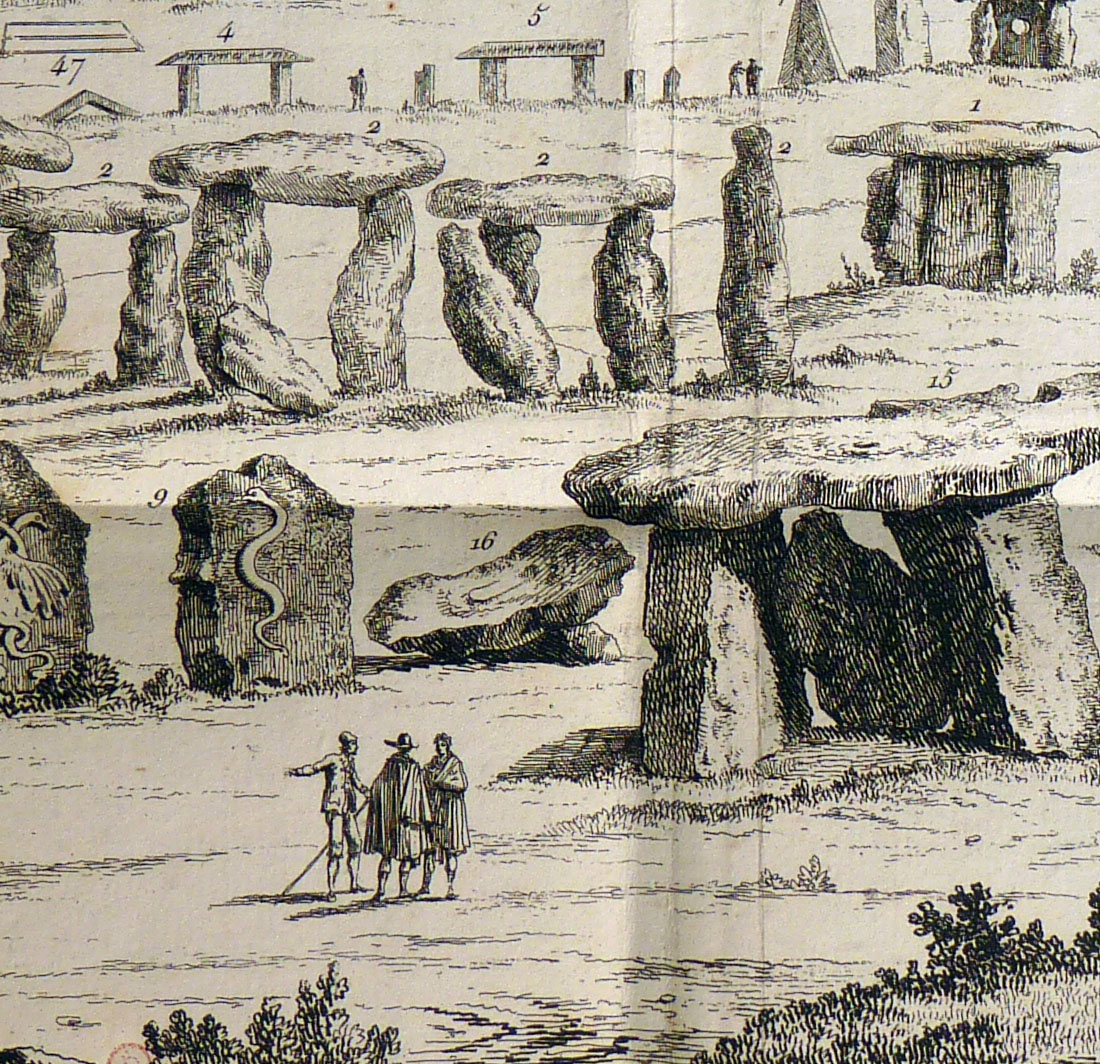Soutenance de thèse de Nicola Navone
De « province endormie » à « périphérie cultivée ». L’architecture au Canton Tessin entre 1945 et 1970.
Mardi 1er décembre à 14h30, en vue de l’obtention du Doctorat en architecture, aménagement de l’Université Paris-Saclay, préparé à l’Ecole Nationale Supérieure d’Architecture de Versailles :
Soutenance dématérialisée :
https://us02web.zoom.us/j/83034462067?pwd=d0ptWHhPblJSOUlLUXJxMStDWXEzQT09
Composition du jury :
M. Paolo AMALDI, PR2, Université Paris-Saclay GS Humanités et Sciences du Patrimoine , FRANCE – Directeur de thèse
Mme Valérie NÈGRE, Professeur des Universités, Université Paris 1-Panthéon Sorbonne, FRANCE – Rapporteur
Mme Estelle THIBAULT, Maître de conférences (HDR), ENSA Paris-Belleville, FRANCE – Rapporteur
M. Valéry DIDELON, Professeur, ENSA Normandie, FRANCE – Examinateur
M. Philippe POTIÉ, Professeur, Université Paris-Saclay GS Humanités et Sciences du Patrimoine, FRANCE – Examinateur
M. Bruno REICHLIN, Professeur émérite, Institut d’Architecture de l’Université de Genève, SUISSE – Examinateur
Résumé :
Il est généralement reconnu que les années cinquante marquent les débuts de l’affirmation de l’architecture moderne au Tessin, canton suisse de langue italienne : une Modernité qui, dans ses différentes déclinaisons, dépasse ce caractère pionnier et épisodique qui avait dominé les années précédant la seconde guerre mondiale. Cette décennie et la suivante restent cependant un terrain d’enquête peu fréquenté. Cette thèse doctorale sur travaux se propose d’éclaircir par le biais d’études de cas exemplaires, les échanges et les interactions qui se déploient dans une région de frontière également exposée aux influences culturelles rayonnant de Milan et de Zurich. La méthodologie qui a orienté les travaux ici présentés, fait appel à l’analyse génétique et intertextuelle des architectures convoquées, qui sont autant d’approfondissements ciblés sur l’œuvre de Rino Tami (1908-1994), Aurelio Galfetti (1936), Flora Ruchat-Roncati (1937-2012), aussi bien que sur des personnalités cruciales (et jusqu’à présent peu étudiées) comme Peppo Brivio (1923-2016) et Tita Carloni (1931-2012) ; ce dernier protagoniste, avec Franco Ponti (1921-1984), du courant « organiciste ». Bien que manifestant la persuasion qu’un jugement critique sur l’architecture au Tessin, dans la période considérée, ne pourra être formulé qu’après avoir analysé un vaste ensemble d’œuvres et de projets, la thèse propose, dans les Conclusions, cinq points qui ont qualifié le débat et la pratique architecturale au Tessin: l’attention au rapport avec le site ; la valeur territoriale de l’œuvre d’architecture ; le rôle ordonnateur de la géométrie ; l’attention au détail constructif et la centralité du chantier ; le projet comme forme de critique et la pratique de l’architecture comme engagement civil.
Abstract :
It is widely accepted that the 1950s marked the start of the spread of modern architecture in the Ticino, the Italian-speaking canton of Switzerland. It was then that Modernity, in its various acceptations, became the common heritage of many architects in Ticino, going beyond the pioneering and episodic character typical of the years before World War II. This decade and the following one remain nevertheless a field of investigation poorly studied by historians. The present cumulative PhD
thesis seeks to investigate, on the basis of study cases held to be exemplary, the exchanges and interactions that unfolded in a border region equally exposed to the cultural influences of both Milan and Zurich. The methodological framework that has guided the works presented here, set out in the Introduction, is based on the genetic and intertextual analysis of the study cases, which are focusing on the work of Rino Tami (1908-1994), Aurelio Galfetti (1936), Flora Ruchat-Roncati (1937-2012), as well as crucial (and so far little studied) personalities such as Peppo Brivio (1923-2016) and Tita Carloni (1931-2012); the latter, together with Franco Ponti (1921-1984), a protagonist of the « organicist » movement. Although convinced that a critical judgement on architecture in Ticino in the period under consideration can only be formulated after analysing a vast body of works and projects, the thesis proposes, in the Conclusions, five points qualifying the debate and architectural practice in Ticino: the attention to the relationship with the site; the territorial value of the architectural work; the ordering role of geometry; the attention to constructive detail and the centrality of the building site; the project as a form of criticism and the practice of architecture as civil commitment.



